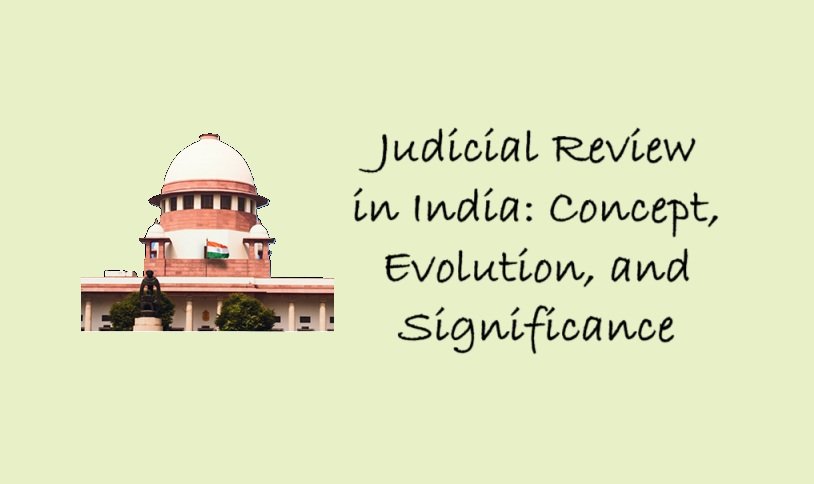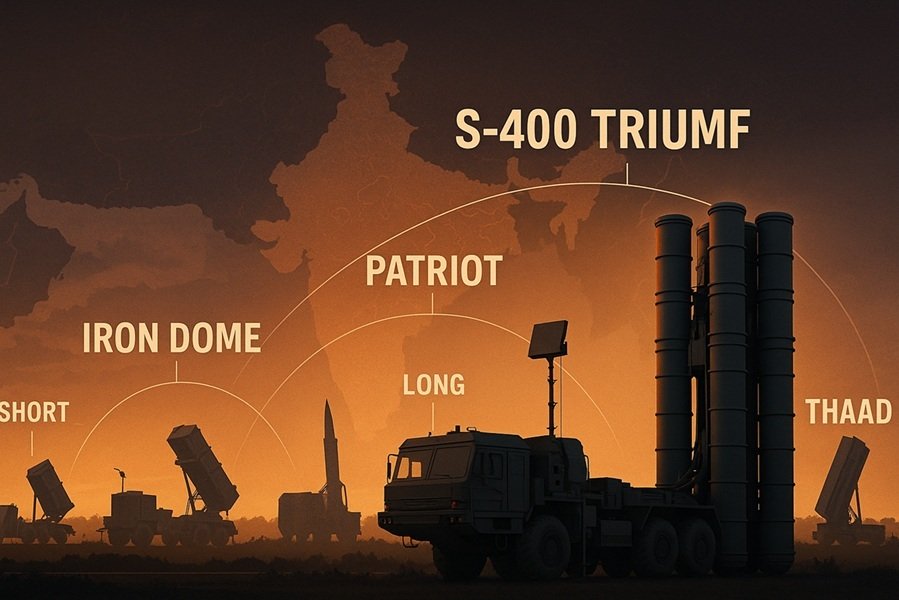
Introduction
Judicial Review is one of the cornerstones of the Indian Constitution, ensuring that the laws and actions of the legislative and executive branches conform to constitutional principles. It empowers the judiciary to interpret the Constitution and to declare any law or executive order void if it infringes upon the fundamental rights or the basic structure of the Constitution.
This article explores the concept of judicial review, its historical evolution, constitutional basis, types, scope, and landmark judgments that have shaped this powerful judicial mechanism in India.
What is Judicial Review?
Judicial Review is the power of the judiciary to examine the constitutionality of legislative enactments and executive orders of both the Central and State governments. If any law or order is found to be inconsistent with the Constitution, especially with Fundamental Rights, the judiciary can declare it null and void.
💡 Read This: Fundamental Rights in the Indian Constitution: A Cornerstone of Democracy
Constitutional Basis of Judicial Review
While the Indian Constitution doesn’t explicitly mention “Judicial Review,” various provisions imply its existence:
- Article 13 – Declares that laws violating Fundamental Rights are void.
- Article 32 – Empowers individuals to move the Supreme Court to enforce rights.
- Article 226 – Grants High Courts similar powers.
- Articles 131–136 – Confer judicial powers on the Supreme Court.
- Article 245 & 246 – Define legislative powers of Centre and States.
- Article 368 – Discusses constitutional amendments.
💡 Read This: Understanding the Structure and Role of Courts in India
Historical Background
1. U.S. Origin
The principle originated in Marbury v. Madison (1803) where Chief Justice John Marshall established the judiciary’s power to strike down unconstitutional laws.
2. Indian Context
The framers of the Indian Constitution borrowed this concept and embedded it through several articles. The Supreme Court developed the doctrine further through landmark cases.
Types of Judicial Review in India
1. Review of Legislative Actions
Scrutiny of laws passed by Parliament or State legislatures.
2. Review of Administrative Actions
Judicial examination of government decisions or executive orders.
3. Review of Judicial Decisions
Higher courts reviewing decisions of lower courts to ensure legality.
Scope of Judicial Review
Judicial review covers:
- Violation of Fundamental Rights
- Arbitrary executive actions
- Unconstitutional amendments
- Policies breaching the Basic Structure
However, it does not extend to policy decisions unless they are arbitrary or unlawful.
Landmark Judgments
🔹 A.K. Gopalan v. State of Madras (1950)
Limited scope, treating Fundamental Rights in isolation.
🔹 Golaknath v. State of Punjab (1967)
Denied Parliament the power to amend Fundamental Rights.
🔹 Kesavananda Bharati v. State of Kerala (1973)
Established the Basic Structure Doctrine. Parliament cannot alter the Constitution’s core principles.
🔹 Indira Nehru Gandhi v. Raj Narain (1975)
Invalidated an amendment violating democracy and electoral integrity.
🔹 Minerva Mills v. Union of India (1980)
Judicial review is part of the basic structure itself.
🔹 I.R. Coelho v. State of Tamil Nadu (2007)
Laws under Ninth Schedule post-1973 are subject to judicial review.
Significance of Judicial Review
- ✅ Upholds the Constitution
- ✅ Protects Fundamental Rights
- ✅ Balances Power between the Union and States
- ✅ Prevents Executive Overreach
- ✅ Strengthens Rule of Law
Limitations of Judicial Review
- ❌ Not meant for political matters
- ❌ Can lead to judicial overreach
- ❌ Time-consuming and litigation-heavy process
Judicial Review vs. Activism vs. Restraint
| Aspect | Judicial Review | Judicial Activism | Judicial Restraint |
|---|---|---|---|
| Role | Constitutional interpreter | Rights enforcer | Deference to legislature |
| Nature | Neutral | Proactive | Conservative |
| Example | Striking down a law | Directing policy changes | Avoiding intervention |
Conclusion
Judicial Review in India is not merely a legal tool—it’s a guardian of democracy. It ensures that no branch of government exceeds its constitutional limits. In the evolving dynamics of Indian politics and governance, judicial review continues to be a vital instrument for upholding the principles of justice, liberty, and equality.






